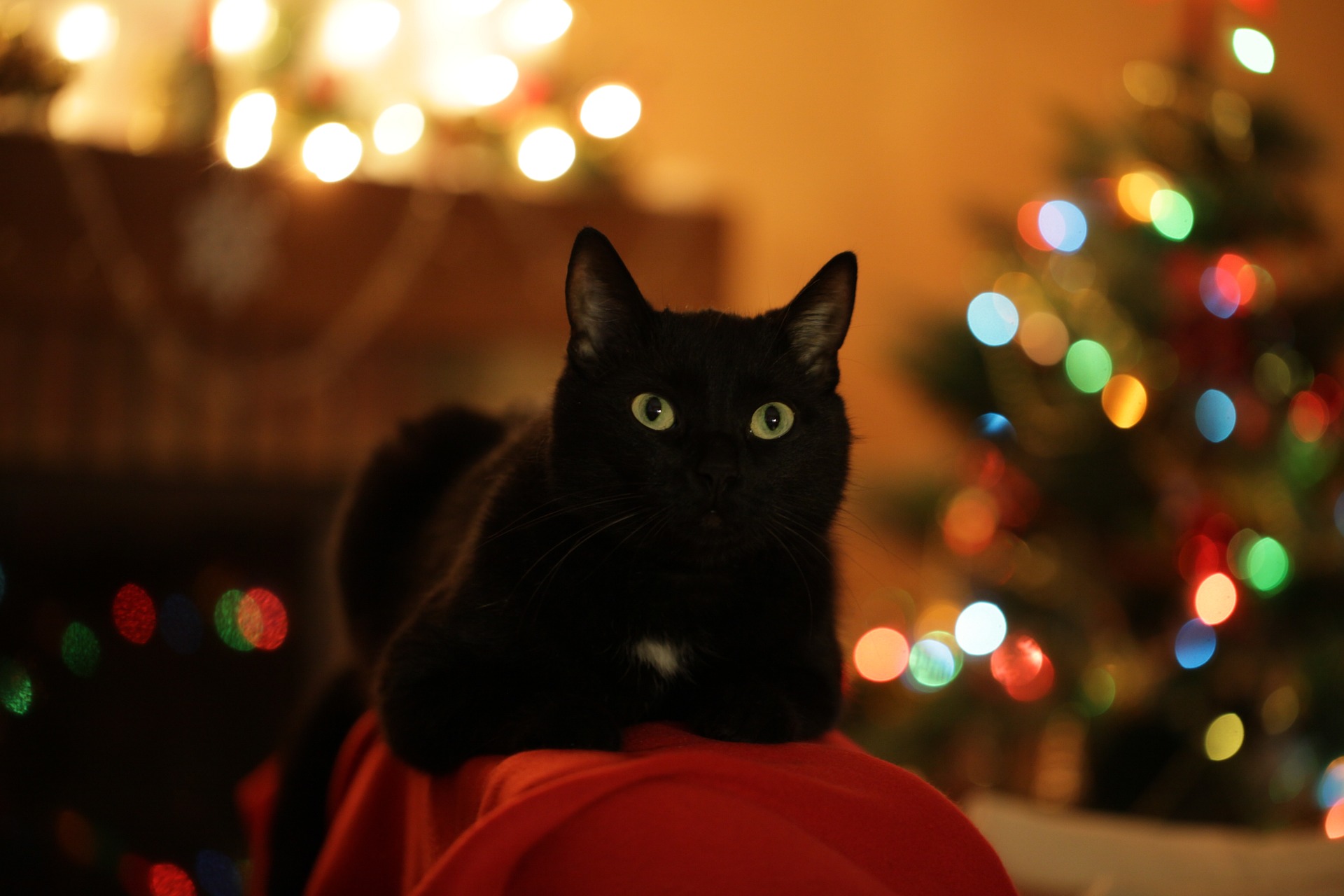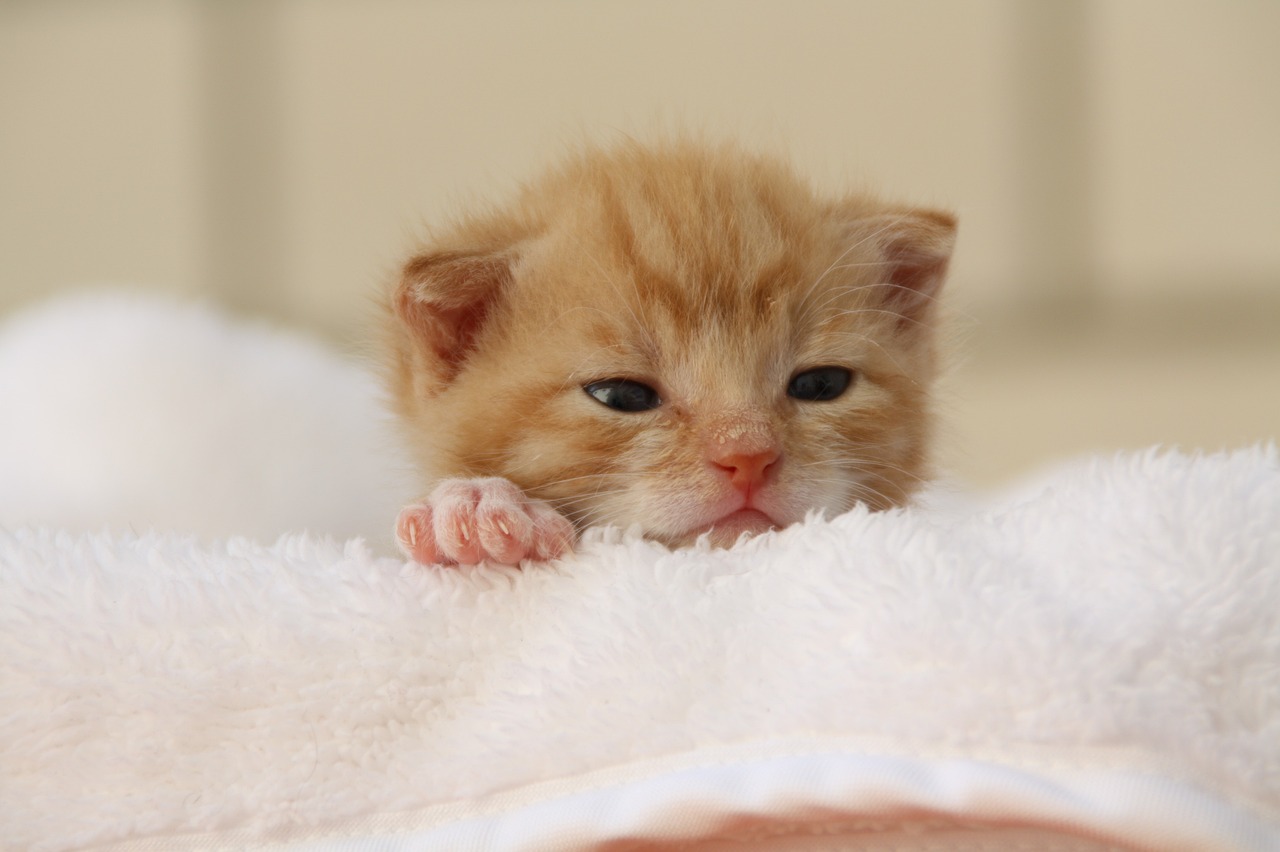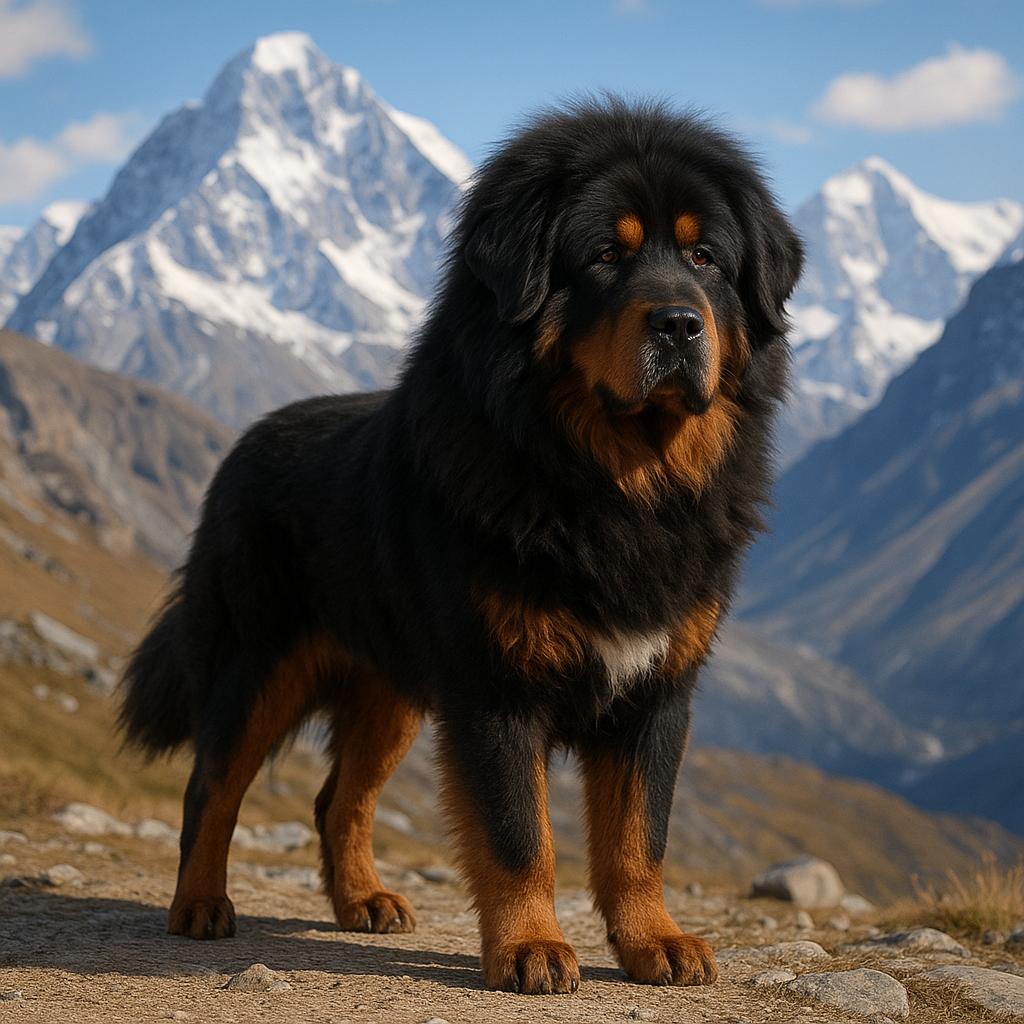
Tibetan Mastiff: The Impressive Protector
The Tibetan Mastiff is one of the largest dog breeds in the world. It belongs to the Molosser group, large mountain dogs bred in ancient times when humans needed large dogs to protect their flocks and later as war dogs in the first great civilizations such as the Assyrians, Babylonians, Hittites and Egyptians.
From Mesopotamia, where it is thought to have originated, it spread throughout the ancient Persian Empire and from there to the Caucasus, India and all the countries between the slopes of the Himalayas and the Mongolian steppes. This gave rise to different local strains, with different morphological variations due to the diversity of climate and territory.
However, all these dogs shared a certain character trait, which was strong, dominant, territorial and protective towards their human family. They were selected by Tibetan, Turkish and Armenian shepherds to be strong and reliable defenders of their flocks, as well as being able to adapt to the geographical, climatic and cultural characteristics of their environment.
The Tibetan Mastiff, native to the high peaks of the Himalayas, is considered the oldest dog breed in the East. Some scholars consider it the progenitor of all Molosser dogs. The first person to mention this Molosser in his writings was Aristotle, who described it as a cross between dogs and wolves. However, it was British explorers in the 19th century who introduced some specimens to Europe, where they were placed in London's city zoo.
In the second half of the 19th century, these mastiffs settled in India and Nepal and were then imported to England and the United States. In the past, the breed was much larger than it is today. Marco Polo mentions it in his book “The Million”, describing it as “as tall as a donkey and with a voice as powerful as a lion's”.
As a breed, it is not very widespread in the world and even in Tibet, numbers are declining. Demand for this type of dog is very low. In addition to their enormous size, they also have a difficult temperament, are very independent and expensive to maintain, so they are not dogs for everyone. The very few breeders in the world are found only in England.
The Tibetan Mastiff is the only dog to share its reproductive cycle with the wolf, which is always annual in females. Even today, it is an excellent guardian of homes, estates and livestock.
Character of the Tibetan Mastiff dog breed
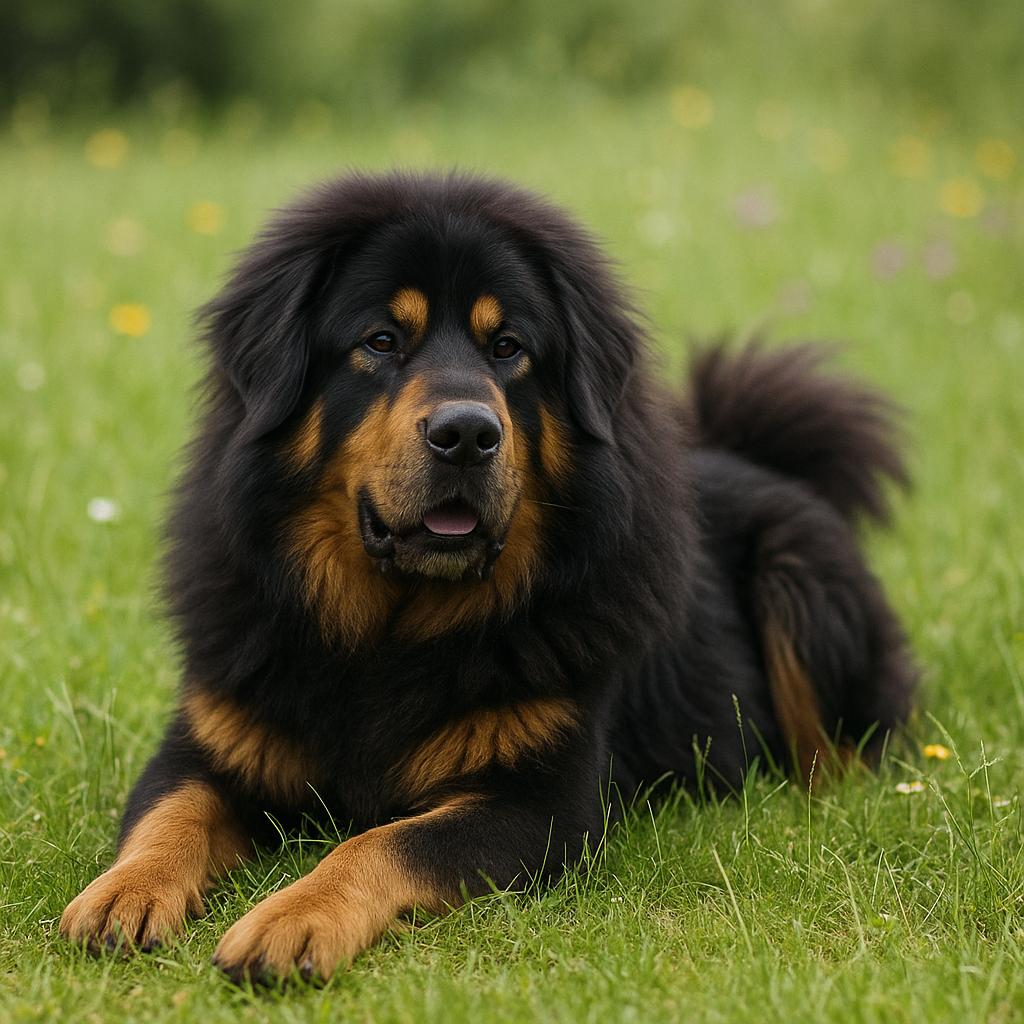
Although it is not an apartment dog, it needs contact with its owner and other members of the family, and it also feels responsible for other pets in the household. He is not very playful, so he is not suitable for children as he is unpredictable. He is rather wary of strangers and, in certain circumstances, may even bite.
As far as training is concerned, he has a difficult character and is not easy to handle.
It needs a lot of socialization from puppyhood in order to soften its character a little, and therefore needs to be constantly accustomed to people, as it is very wary and can sometimes be very dangerous. It knows no fear and shows immense courage. It spends most of its time dozing, when in reality it is always active and very attentive to every little movement or noise.
It needs to spend most of its time outdoors.
There is a substantial difference between the specimens found in Tibet and those born and raised in England. The former are snappy, fierce and aggressive, and therefore unsuitable for training, while the English ones are obedient and devoted to their owner.
Appearance of the Tibetan Mastiff dog breed
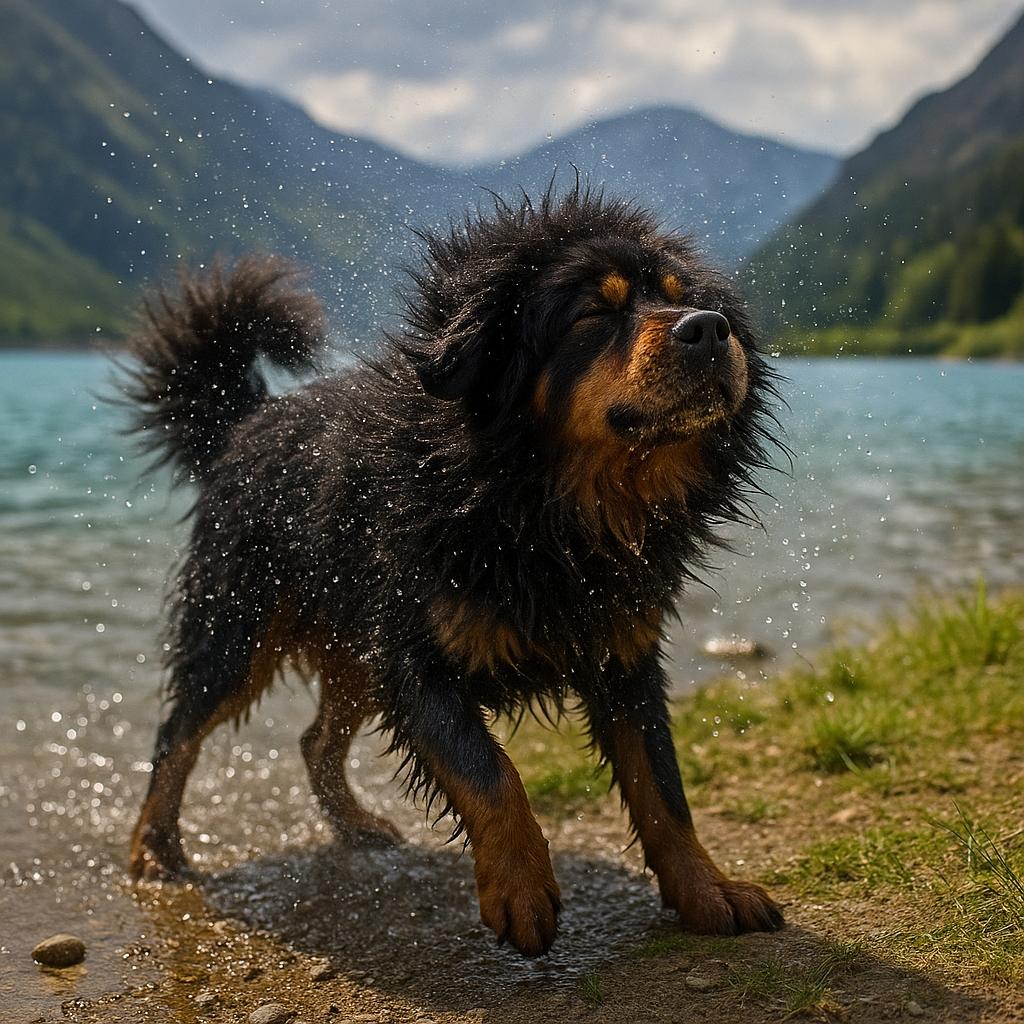
It has a massive build and a haughty and imposing appearance, with a solid bone structure and very well-developed muscles. The tail is curled over the back, of medium length and covered with abundant hair. The limbs are strong and muscular, and despite its size, the Tibetan Mastiff is very elegant. Around the neck, the coat forms a sort of mane and is much more abundant in males.
The head is broad, strong and heavy, the muzzle is short and broad, the nose is broad and the ears are medium-sized, triangular and pendulous, and are carried forward when alert. They are covered with very soft, short hair.
The eyes, generally brown in color, are oval and slightly slanted, and the expression is severe. The coat is hard, dense and wavy, of medium length. It has a very thick undercoat that protects it from the elements. Its fur is perfectly adapted to the harsh climatic conditions of its homeland, and when milder temperatures return, the coat gradually becomes sparser.
In fact, in summer it appears visually slimmer.
The coat colour can be jet black, with or without tan markings; blue, always with or without tan markings; golden, ranging from deep fawn to deep red to sable.
There are also some very rare specimens that are white or cream in color.
Care and health of the Tibetan Mastiff breed
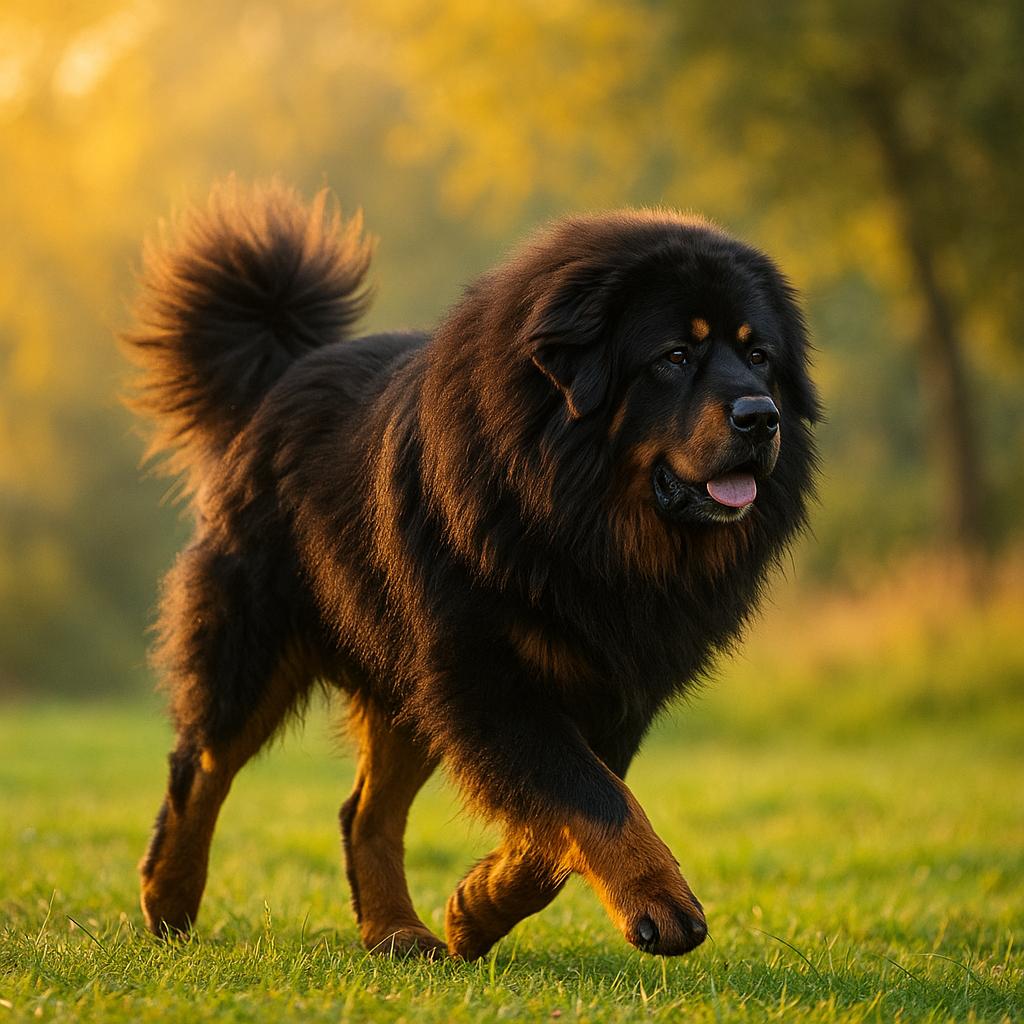
Like all large breeds, the Tibetan Mastiff can suffer from hip dysplasia, but it is largely resistant to most of the hereditary diseases that affect its fellow dogs.
This breed is long-lived, with an average life expectancy of around 14-15 years.
As for its diet, this breed tends to eat irregularly and its meals must be balanced and appropriate for its physical activity.
Its coat requires special care, especially during the moulting period, when it loses a large amount of hair, which must be brushed regularly and kept clean to prevent knots and bad odours.

